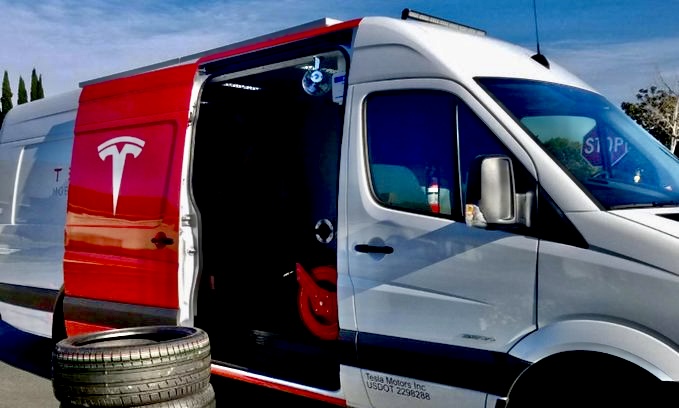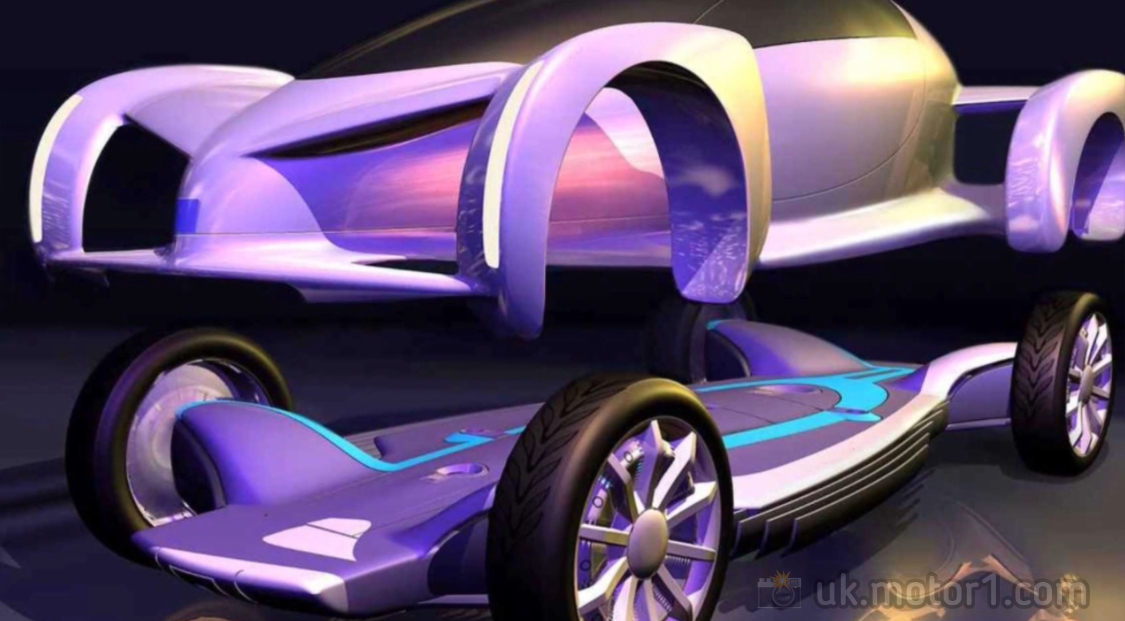HEMP for EVerything…EV Bodies & Batteries!
Hemp Plant Based Zero Emissions
Let’s talk about hitting the High Way…
Hemp is a variety of the Cannabis Sativa plant species that is grown specifically for Industrial use. It’s a sustainable & renewable resource that is one of the fastest-growing – in large quantities, cheap to grow, uses little water, doesn’t need toxic pesticides and can absorb more carbon than trees. Hemp was one of the first plants to be spun into usable fiber 50,000 years ago! Hemp makes a sweet alternative to traditional materials for car bodies and even batteries.
Today, hemp is used in textiles, paper, building materials, food, beverages, health supplements and more! Hemp can also be used to create lightweight, strong automotive bodies that have increased impact absorption, as well as producing automotive components, such as interior parts, dashboard trims, and door panels.
Hemp EV batteries use lighter and more available materials than traditional lithium-ion batteries and have a lower carbon footprint. They also don’t require the mining of rare metals such as cobalt and nickel. Hemp batteries could potentially help solve shortages in the battery supply chain.
For lithium-sulfur batteries, graphite needs to be created by cooking hemp bark to make a substance that resembles graphene. Hemp lasts longer than graphene, stores more power, and is easy to source, making it a perfect material for creating sustainable, efficient EV batteries.
Little Notable Bits:
*Texas-based Bemp Research has created a lightweight lithium-sulfur battery made of boron, sulfur and hemp.
*Alternet Systems, a company that is also working on plant-based EV batteries, is using hemp materials by combining hemp fiber with a resin made from recycled plastic bottles for the body.
*Back in the day, Ford’s 1941 bioplastic Model T was made of hemp, flax, wheat, and spruce pulp. This bad boy ran off hemp fuel and vegetable oil. The car’s panels were 10X stronger than steel, with the only steel in the entire body was in the tubular welded frame. The car’s body was lighter, more durable than traditional metal bodies and cheaper to produce. However, the car was never mass-produced due to the outbreak of World War II and the subsequent shortage of resources.
Go electric ✌️
You must be logged in to post a comment.
You May Also Like
allEVehicles.com®, thatEVgirl® is a trademark of allEVehicles.com, Inc.
Designated trademarks and brands are the property of their respective owners.





There are no comments or questions yet.